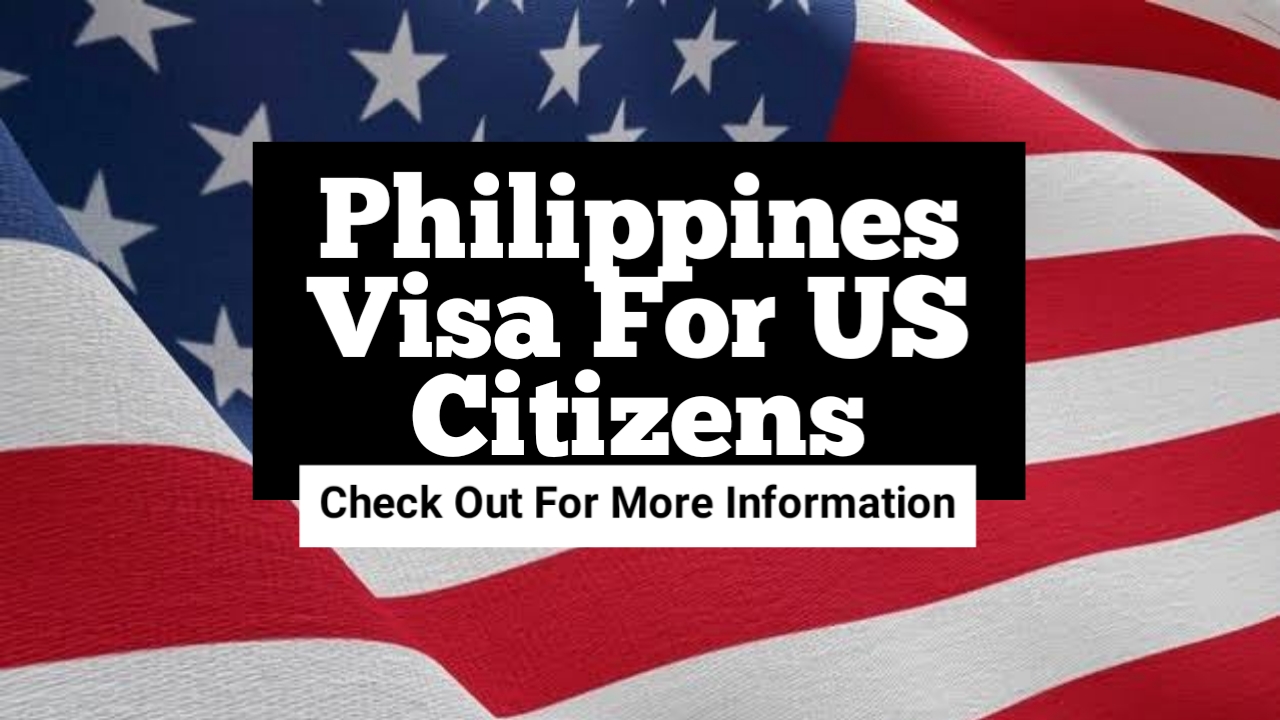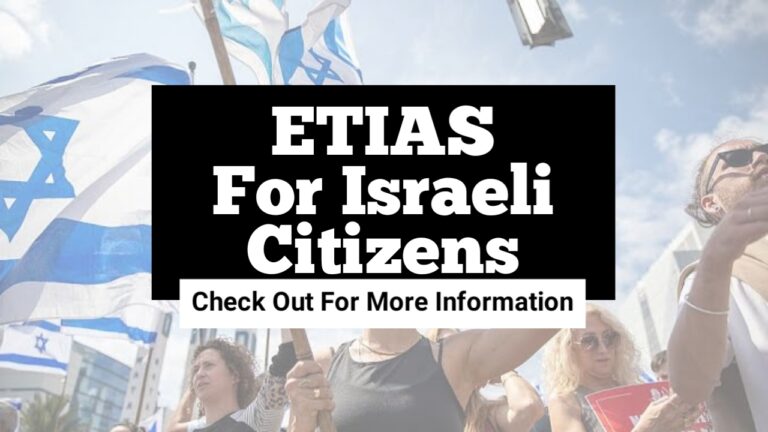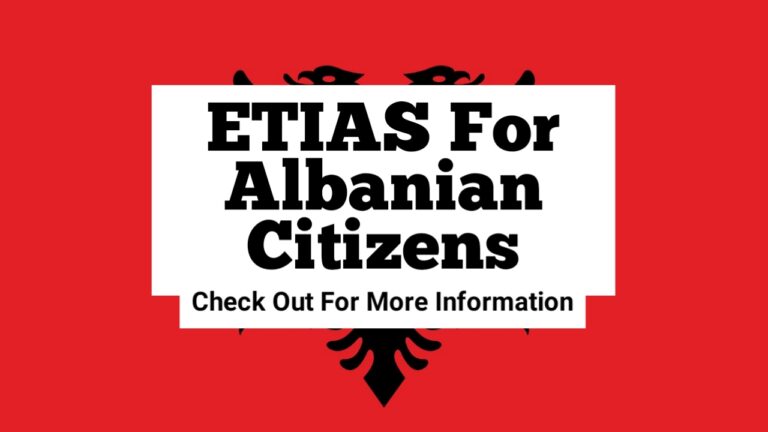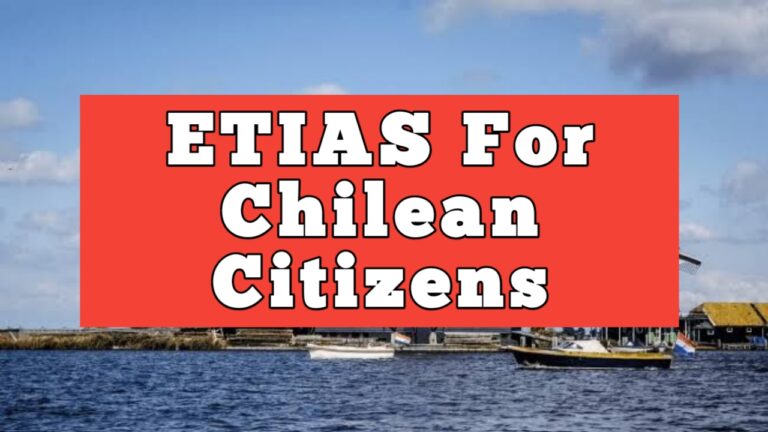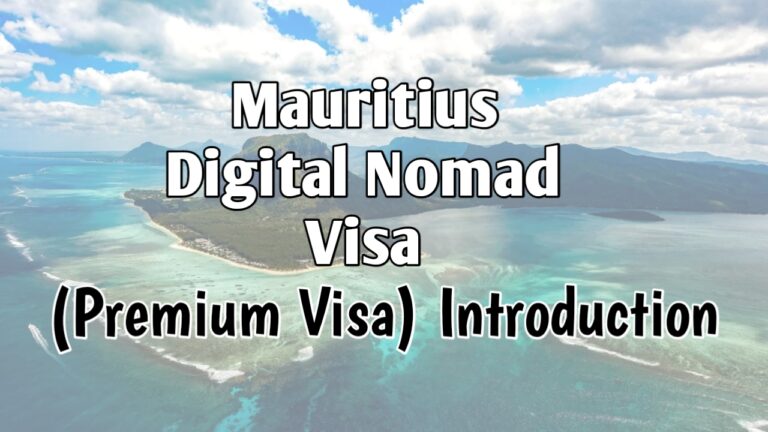Philippines Visa For US Citizens
Between the South China Sea and the Pacific Ocean, in southeast Asia, lies the archipelago nation of the Philippines, which is made up of more than 7,500 islands. The Philippines is one of the ten ASEAN member countries. This country is without a doubt one of the most beautiful and hospitable countries in the world, thanks to its rich biodiversity and friendly people.
The Philippines is full of natural wonders, ranging from volcanoes and rice terraces to underwater rivers and limestone caves, as well as beautiful beaches surrounded by crystal clear turquoise waters and mouth-watering cuisines. Travelers from all over the world, including many Americans, flock to the Philippines all year.
The United States and the Philippines have a strong relationship that is based on the cultural bond between the two nations and a shared commitment to democracy and human rights. Interpersonal relationships between Americans and Filipinos are robust.
Statistics about tourists in the Philippines show that Americans are only second to South Koreans in terms of the number of visitors. Before COVID, each year more than a million Americans went to the Philippines. In addition, almost 300,000 Americans reside in the Philippines, and a lot of them are veterans of the U.S. military (https://www.state.gov/u-s-relations-with-the-philippines/).
A trip to the Philippines should be at the top of your bucket list. But before you pack your bags and head to the airport, there are a few things you should be aware of. In this blog post, we’ve put together a handy guide that covers everything you need to know about the Philippines’ travel requirements for US citizens, the different kinds of visas, and much more. Read on.
Do US citizens Require A Visa To Visit The Philippines?
The United States is included on the Philippines’ list of visa-exempt countries. US citizens traveling to the Philippines for short trips not exceeding 30 days do not require a visa. However, there are still a few prerequisites that Americans visiting the Philippines must fulfill in order to gain entry into the country, which will be covered in more detail in the next section.
If you plan to stay in the Philippines longer than 30 days, whether to visit, work, study, or invest in the country, you will need to get a visa for the purpose of your trip.
Requirements For US Citizens Traveling To The Philippines
Citizens of the US can stay in the Philippines without a visa for up to 30 days. But before they can get into the country, they will have to meet the following requirements:
- Have a valid US passport: The passport must be valid for at least six months beyond the duration of your stay in the Philippines and contain at least one blank page for an entry stamp.
- Return or onward flight ticket: If you only intend to visit the Philippines for a short time, a one-way ticket will not be accepted at the airport. Visitors are required to have a ticket for their return trip home or on to their next destination within 30 days.
What Are The Visa Types For The Philippines?
There are many different kinds of visas that are needed for different reasons to enter the Philippines. These visas are divided into three groups: non-immigrant visas, immigrant visas, and special visas.
- Non-Immigrant Visas: The Philippines non-immigrant visas are also called Section 9 visas. These categories of visas are granted to temporary visitors to the Philippines who are coming for a particular purpose. Visas for temporary visitors (tourists), work visas, student visas, diplomatic visas, business visas, transit visas, and medical visas all fall under the non-immigrant category.
- Immigrant Visas: Foreign nationals who want to live permanently in the Philippines can apply for any type of immigrant visa, also known as Section 13 visas, provided they meet the requirements. Spouses of Filipino citizens, children (under 21) born after an accompanying parent’s immigrant visa has been issued, and former Filipino citizens are all eligible for these types of visas. This immigrant visa lets the holder stay in the Philippines indefinitely, as long as the conditions of the visa are upheld.
- Special Visas: Foreign nationals who want to reside and work indefinitely in the Philippines may be issued different types of special resident visas, depending on the purpose of their stay in the country. Special visas are classified into three subcategories: Special Investor’s Resident Visa (SIRV), Special Resident Retiree’s Visa (SRRV), and Special Visa for Employment Generation (SVEG). Special visas can be given to investors, executives, contractors, exchange professors, retirees, people who work for government-owned companies or nonprofits, and their families.
What Are The Requirements For A Philippines Visa?
The general requirements for a Philippine visa are:
- Correctly filled and signed visa application form
- Valid passport
- Recently taken passport-size pictures
- Proof of accommodation in the Philippines (e.g hotel reservations)
- Proof of financial means to cover the duration of your stay in the Philippines (e.g, bank statements)
- For dependent children, their birth certificate(s)
- Home address
- Proof of employment
- Payment of application fees
Note: Each visa has its own set of prerequisites. Depending on the type of visa you are applying for, you will be required to submit accompanying documents in addition to those listed above.
How Do I Apply For A Visa To The Philippines From The US?
If your trip to the Philippines necessitates a visa, you can apply for one at the Philippine embassy or consulate nearest to you in the United States. There are several steps to applying for a visa:
- Contact the consular office as soon as possible to find out about the specific requirements and visa application process
- Schedule an appointment with them
- Gather the necessary documents
- Submit the application in person
- Pay the visa application fee using the embassy’s accepted methods
Keep in mind that for your request to be approved, all data entered on the visa application form must be consistent with the supporting documents.
How Long Does It Take To Process A Philippine Visa?
Getting a Philippine visa usually takes anywhere from two weeks to a couple of months, depending on the specific visa you want.
Visa Clue recommends that travelers to the Philippines apply for a visa at least one month prior to their departure date to ensure sufficient processing time.
How Long Are US Citizens Allowed To Stay In The Philippines Without A Visa?
US citizens visiting the Philippines for general tourism, business meetings, or family visits are allowed to stay in the Philippines without a visa for 30 days.
Can I Extend My Stay In The Philippines?
Yes, you can extend your stay in the Philippines if you wish to stay longer than the 30-day visa-free period. To extend your permit, you must visit a Bureau of Immigration office in the Philippines near you to apply for an extension.
What Are The Steps To Apply For An Extension Of Stay In The Philippines?
Take your passport with you to the immediate office and fill out the extension form. The process takes a few minutes, and it should be straightforward to complete your application. You will be charged a fee. You should apply for an extension at least 7 days before your current stay expires.
How Long Can I Get A Philippine Visa Extension?
After the first 30-day period, US citizens can extend their stay in the Philippines for another 29 days. After that, extensions can be granted for one, two, or six months for up to three years.
Is There A Visa On Arrival In The Philippines?
Yes. Americans can apply for a visa on arrival in the Philippines. If you intend to stay in the Philippines for more than 30 days, say up to 59 days, you can apply for a visa on arrival. You will only need to present your passport to the immigration officer at the airport when you arrive, fill out the Philippine visa form, and pay the required fee.
The visa on arrival is another way to extend your stay in the country besides applying for an extension before your 30-day visa-free period ends.
For more information on the VOA, visit the government website (https://immigration.gov.ph/visa-requirements/special-visa/applications-for-visa-upon-arrival).
What Are The COVID-19 Requirements for Entering The Philippines?
For unvaccinated visitors, a negative COVID-19 test result within 24 hours is required for entry into the Philippines. Arrivals who have been fully vaccinated are exempt.
Is There An Online Visa System To Apply For A Philippines Visa?
The Philippines’ online visa portal is https://www.visa.gov.ph/. For the present, the website only accepts applications for Temporary Visitors Visa. If you submit your application through this website, it does not mean that your visa will be processed. To get a visa, it is best to go to one of the Philippine consular offices and apply in person.
Philippine Embassy and Consulates In The US
The address of the Philippine Embassy in the United States is 1600 Massachusetts Avenue, NW, Washington, DC 20036. There are many consular offices of the Philippines across the United States, including in Chicago, New York, Atlanta, Los Angeles, and Honolulu.
Philippine Travel Tips For Americans
What Language Is Spoken In The Philippines?
There are more than 100 different native dialects in the Philippines, but Filipino and English are the two official languages that most people speak. Filipino is the lingua franca that unites the country’s various linguistic communities.
English was adopted as one of the official languages of the Philippines during the 20th-century American colonial era. Today, English is widely spoken and understood throughout the Philippines and is the language of education, government, and business. Travelers from the United States need not worry about communication barriers when visiting the Philippines.
How Is The Weather In The Philippines?
There are two main seasons in the Philippines: the wet season from June to November and the dry season from December to May. Temperatures don’t change much between seasons, but rainfall and humidity do.
During the dry season, the skies are usually clear, and it doesn’t rain much. The weather is pleasant, which makes it the ideal time to enjoy the Philippines’ many beaches and participate in other outdoor adventures.
During the rainy season, on the other hand, the country experiences frequent rainfall, often in the form of heavy downpours and sometimes even typhoons. Northern regions, such as Luzon, receive more rainfall than the country’s southern regions. The temperatures remain warm during this period, but the humidity rises.
Is the Philippines Safe For US Citizens?
The Department of State travel advisory website provides travel advice for US citizens (https://travel.state.gov/content/travel/en/international-travel/International-Travel-Country-Information-Pages/Philippines.html) visiting the Philippines.
The US government advises its citizens to exercise heightened vigilance in the Philippines due to crime, civil unrest, and terrorism. It warns its citizens against traveling to Mindanao, which is located in the south of the country, due to terrorist operations in the region.
To speak plainly, the Philippines is generally safe for tourists. There are a lot of Americans living in the country, and a lot of Americans also visit the country every year.
Tourist destinations In The Philippines
The Philippines, affectionately known as the “Pearl of the Orient,” has an endless list of tourist spots that’ll let you experience a mix of nature, culture, and fun. We can’t possibly include them all, so here are some of the most interesting places we’ve handpicked for you to visit in the Philippines:
- White Beach, Boracay
- Siargao
- Cebu
- Puerto Princesa Underground River, Palawan
- Banaue Rice Terraces, Ifugao
- Intramuros, Manila
- Mayon Volcano, Albay
- Chocolate Hills, Bohol
- San Agustin Church, Manila
- Mayon Volcano,
- Sagada
- Rizal Park, Manila
- El Nido, Palawan
- Coron Island
- Tagaytay
